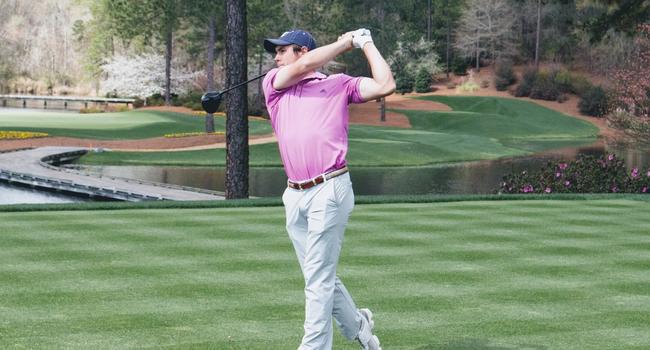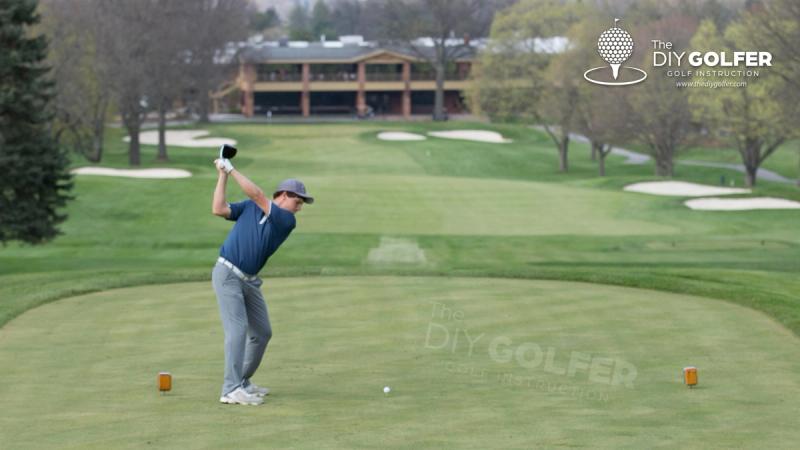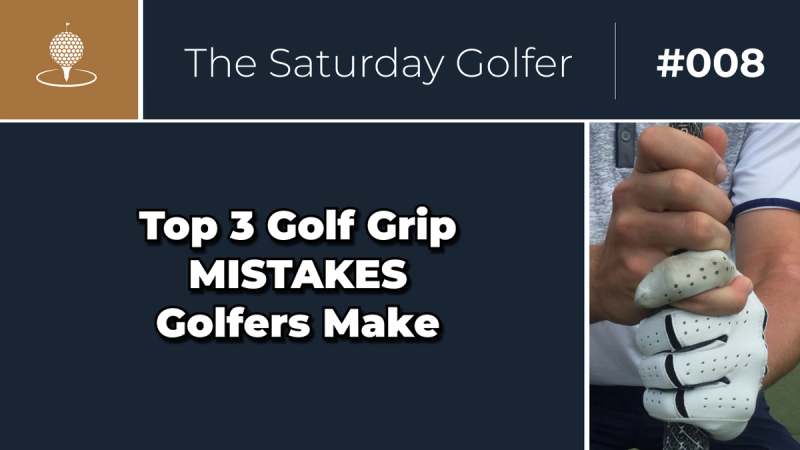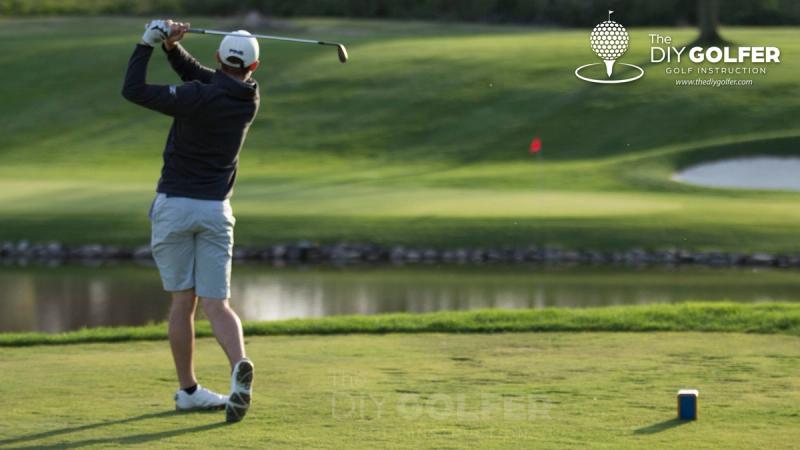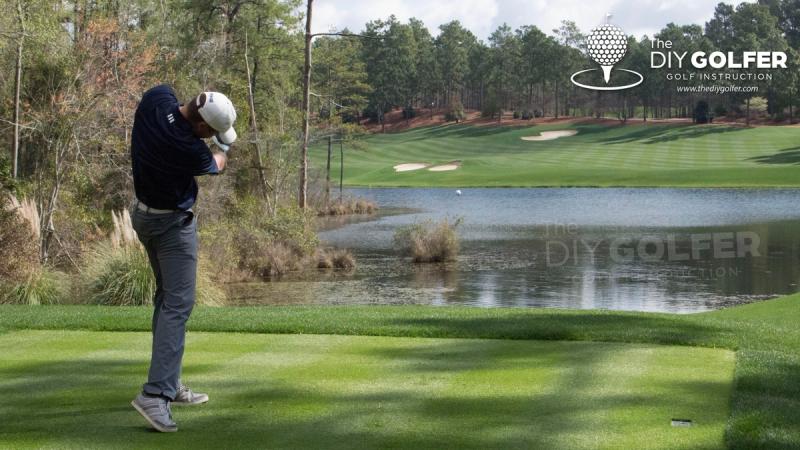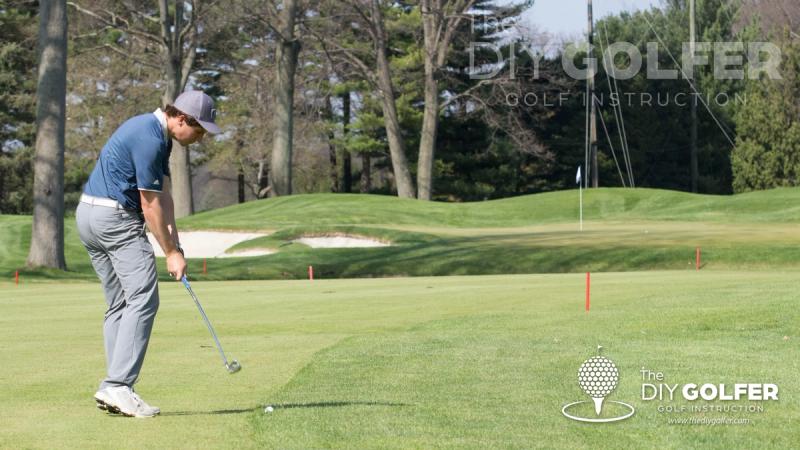Table of Contents

Last updated Nov 06, 2023
The Mid-Backswing Golf
This post explains the mid-backswing, and the proper use of the hips and shoulders in the golf swing.
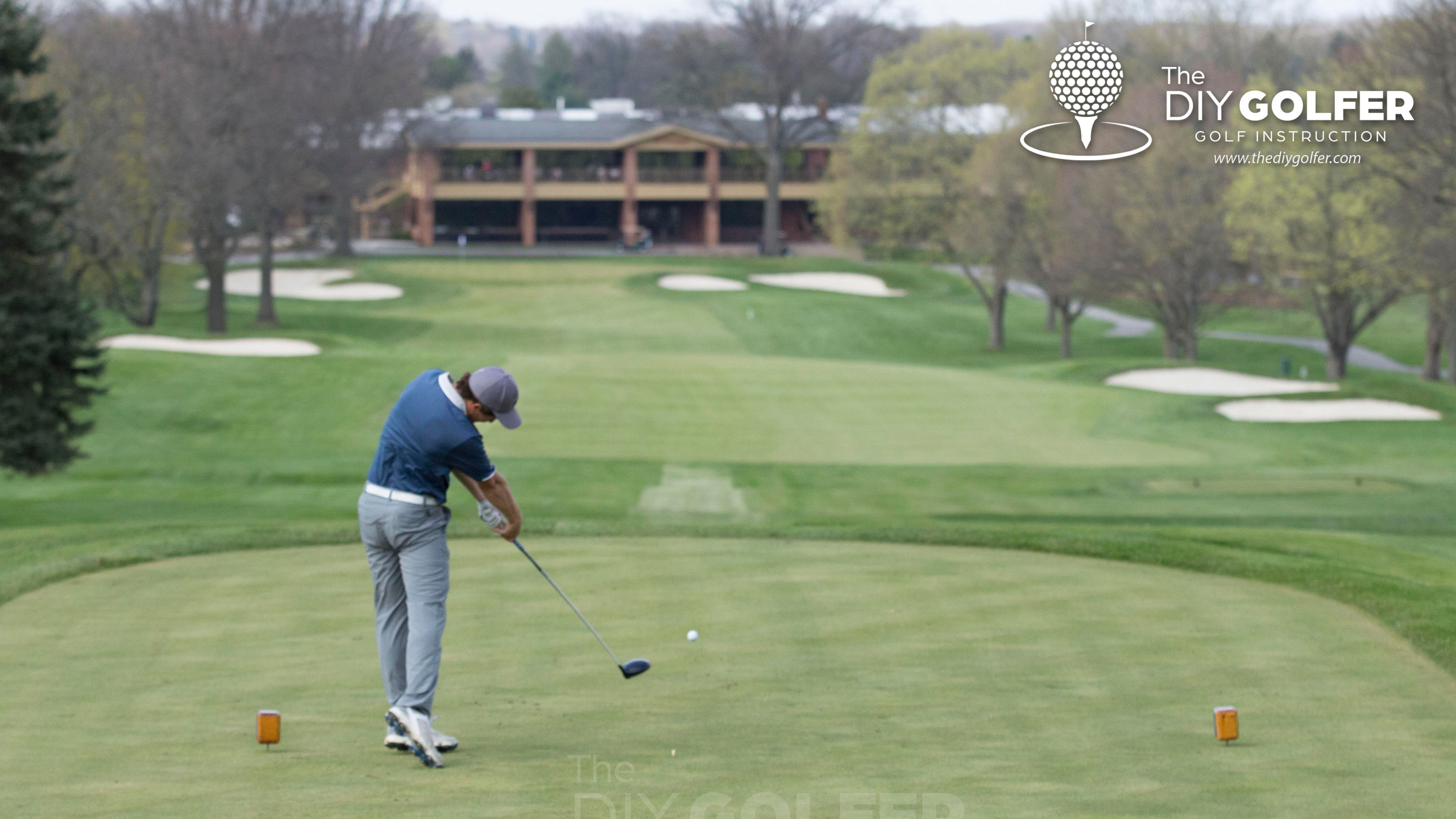

In the last post, I discussed what happens from the address position to the end of the takeaway. Now, we are going to walk through the interval of the swing between the end of the takeaway and the moment that the left forearm becomes parallel to the ground. This will be largely an extension of the previous post, elaborating on the concepts of the takeaway.
Unlike the takeaway, there is no particular "position" that we can check for when the left arm is parallel to the ground (I will refer to this as the "9 o'clock position"), because depending on the degree of wrist cock that the golfer employs during the takeaway, the club will be in various positions. Despite this, there is a general estimation of where the club should be when the left arm is parallel to the ground. Preferably, the butt end of the club should point at the straight-line base of the inclined plane, but as I discussed in my post on the swing plane, it is difficult to tell exactly where the club is pointing, and also difficult to tell when the left arm is parallel from the DTL camera view. See the photo below:

I apologize for all of the lines drawn in the photo above, but they are all important to explaining the concept. First off, the faint green dot is the ball. The blue line on the ground is the base of the inclined plane, or in other words, my "target line" assuming that I want to hit a straight shot. The other blue line represents the shaft plane that was established at address. The yellow circle represents an approximation of where the butt end of my golf club is pointing. The actual point is most likely somewhere within that circle. Note that my club is too shallow, and I would like to get the butt end of the club pointing somewhere in the red cross-hatched rectangle. Optimally, the butt end of the club should point along the base of the inclined plane.
As I explained in the post about the inclined plane, with most golfers, the plane angle will actually steepen throughout the backswing. Take a look at the three planes (shaft plane, elbow plane, shoulder plane):

When the left arm is parallel to the ground, the shaft should optimally be somewhere in between the elbow and shoulder plane. This is simply an equivalent way of saying that the butt end of the club is pointing in the red cross-hatched box that I illustrated earlier.
Mid-Backswing Overview
We have now established a general "position" which the club should be in when it reaches the 9 o'clock position, but haven't explored how to get from the end of the takeaway to this position. At this point, I am assuming that you have read the takeaway portion of this chapter, and you have successfully gotten the club into the proper "end of takeaway" position.
Depending on what type of takeaway method you use, the 9 o'clock position will look slightly different.
Right Arm Takeaway
If you have employed a right arm takeaway, getting to the 9 o'clock position from the end of the takeaway is simply a continuation of the right arm lifting up, back, and inward. At the end of the takeaway, the right palm should be facing in front of you. Although my end of takeaway position is slightly inside, you can see that my right palm is facing roughly in the direction of the arrow.
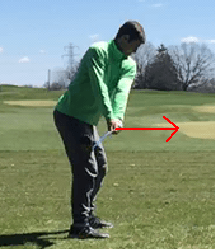
From there, it will continue opening up, and at the 9 o'clock position, the right palm will be facing slightly forward and slightly skyward.
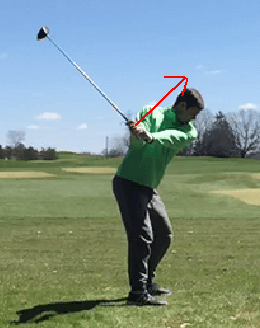
With the right arm takeaway, you should direct your attention to moving the right arm up back and in, and achieving these relative palm positions. The following video demonstrates this movement extremely well:
Since the right-hand takeaway naturally results in an earlier wrist cock, the club will be at roughly a 90-degree angle to the left arm, as shown below. During this swing video, I was practicing the right arm takeaway.

If you are using the right arm takeaway and the club and the left arm form an angle which deviates dramatically from 90 degrees, you may be forcing an unnatural wrist movement.
One-Piece Takeaway
The only difference between the right arm and one-piece takeaway at the 9 o'clock position is the angle between the club and the left arm. Since the one-piece takeaway is characterized by a "delayed wrist cock," the shaft should be at a slightly obtuse angle to the left arm, as shown in Tiger's swing sequence below:

Getting from the end of the takeaway to the 9 o'clock position with the one-piece takeaway is done by simply continuing to turn the triangle formed by the arms and shoulders, and attempting to keep this triangle intact. When doing this, you will feel your abdominals contracting, and increasing tension in the back. As you might be able to conclude, the one-piece takeaway can be difficult for players who lack strength/flexibility.
General Considerations of the Mid-Backswing
Regardless of which backswing method you are using, there are some important points to cover about the interval between the end of the takeaway and the 9 o'clock position.
Sway and Weight Distribution
Just because you have moved further along in the backswing does not mean you are allowed to sway. Just as I discussed in the takeaway post, avoiding the sway is critical. If you have properly continued the backswing, the head will remain centered, and the weight should start to feel like it is favoring the inside of the right foot. Remember, the right leg acts as a "post" to turn against. Since it is a slightly tilted post, you will feel the weight transfer on the inside of the foot.
Shoulders and Hips
From the end of the takeaway to the 9 o'clock position, the hips should open just shy of 45 degrees, and the shoulders just shy of 90, and in proportion to one another. At any point in the backswing, the shoulders should always be rotated roughly double that of the hips. This is not a forced movement, but a result of proper weight distribution, on-plane movements, and posture/alignment.
Recap
At this point, we have made it from the waggle to the takeaway all the way to the 9 o'clock position. In this post, we have covered:
- From the DTL camera view, at the 9 o'clock the club should be roughly between the elbow and shoulder plane, or in other words, the butt end of the club should point at or slightly inside of the base of the inclined plane (remember, we have no perfect way to check where the butt end of the club is pointing from video footage)
- The right arm takeaway method will roughly form a 90-degree angle between the clubshaft and the left arm, while the one piece takeaway will form a slightly obtuse angle.
- Always avoid swaying, and be sure that you are still turning against the right leg "post," feeling the weight shift to the inside of the right foot.
